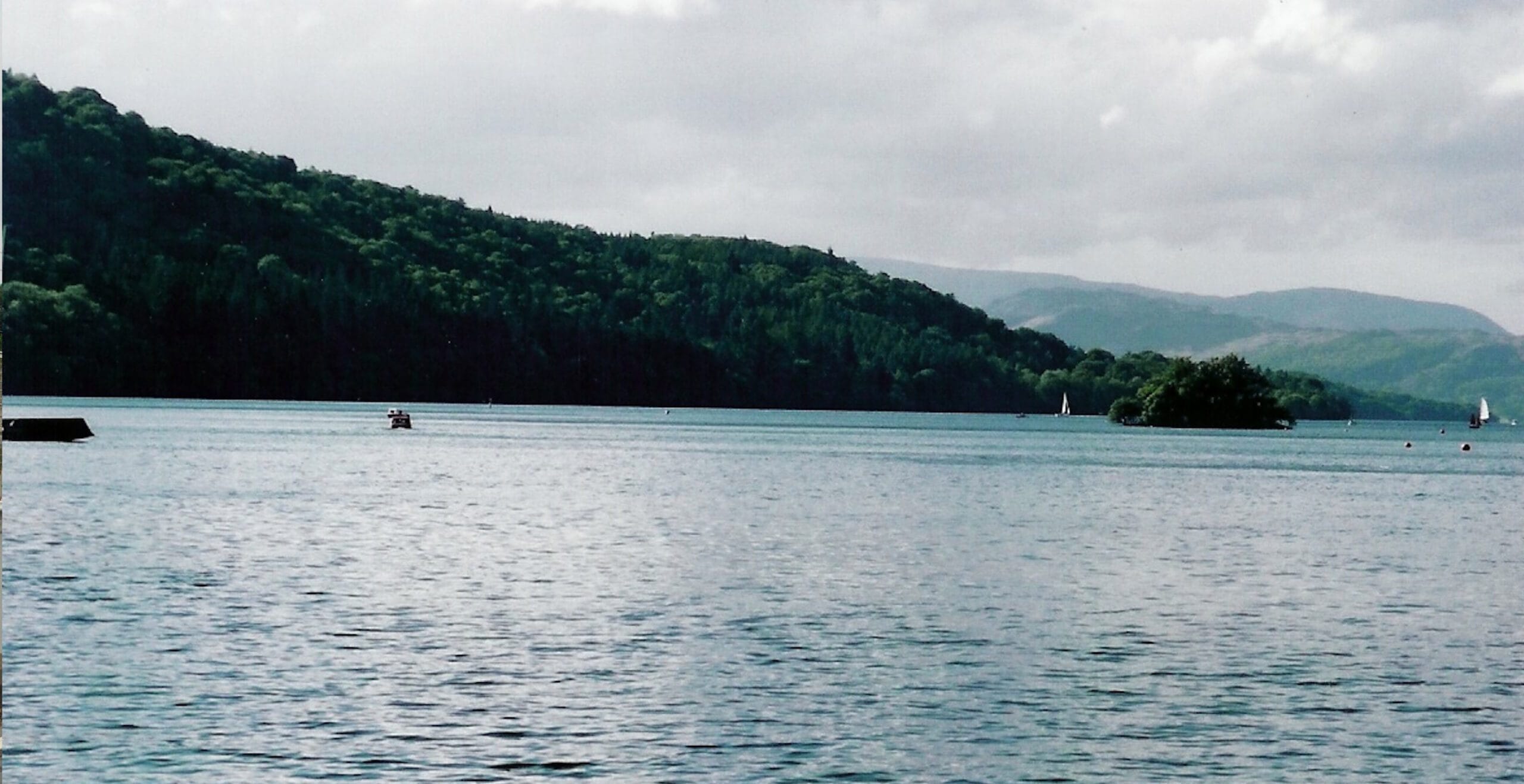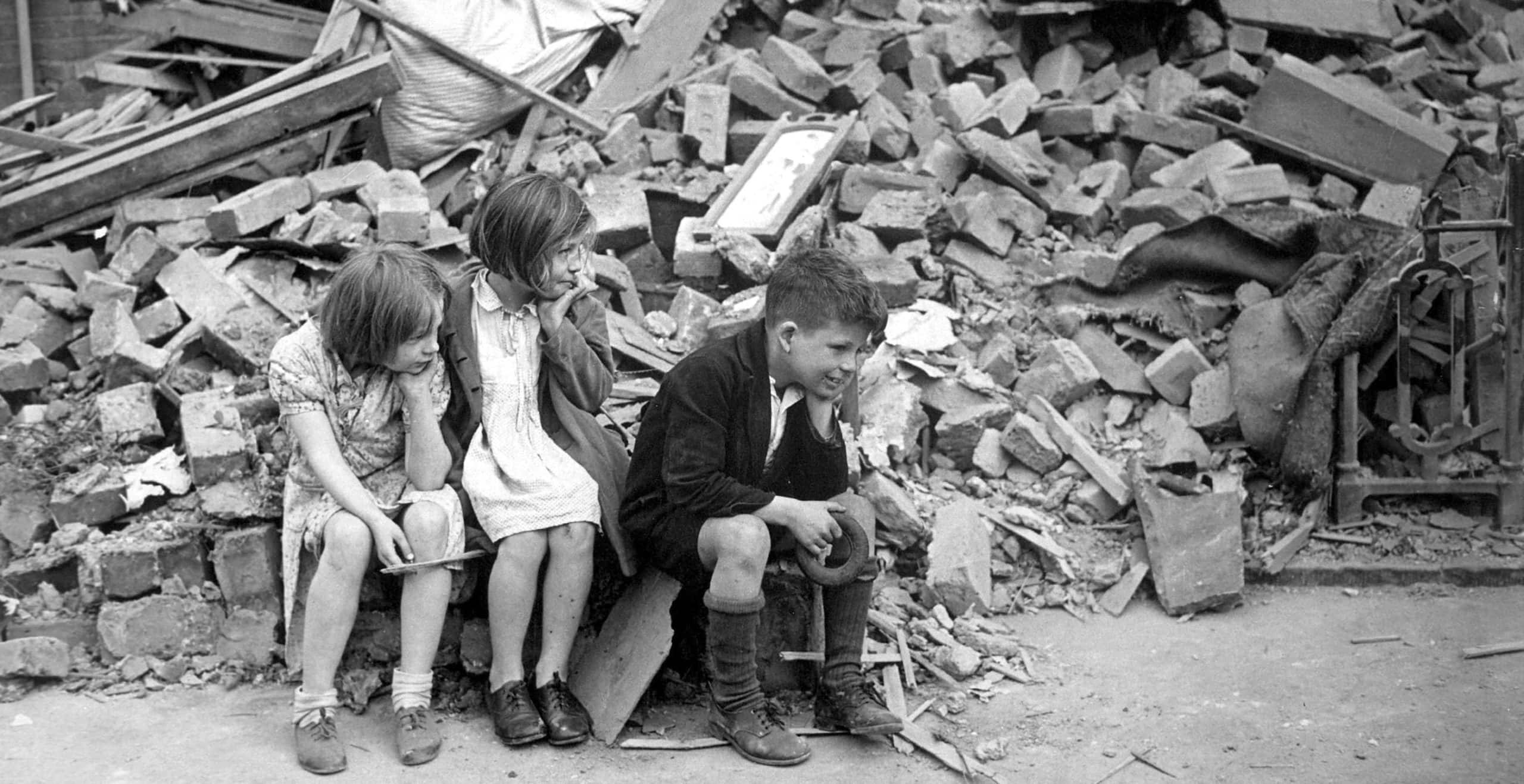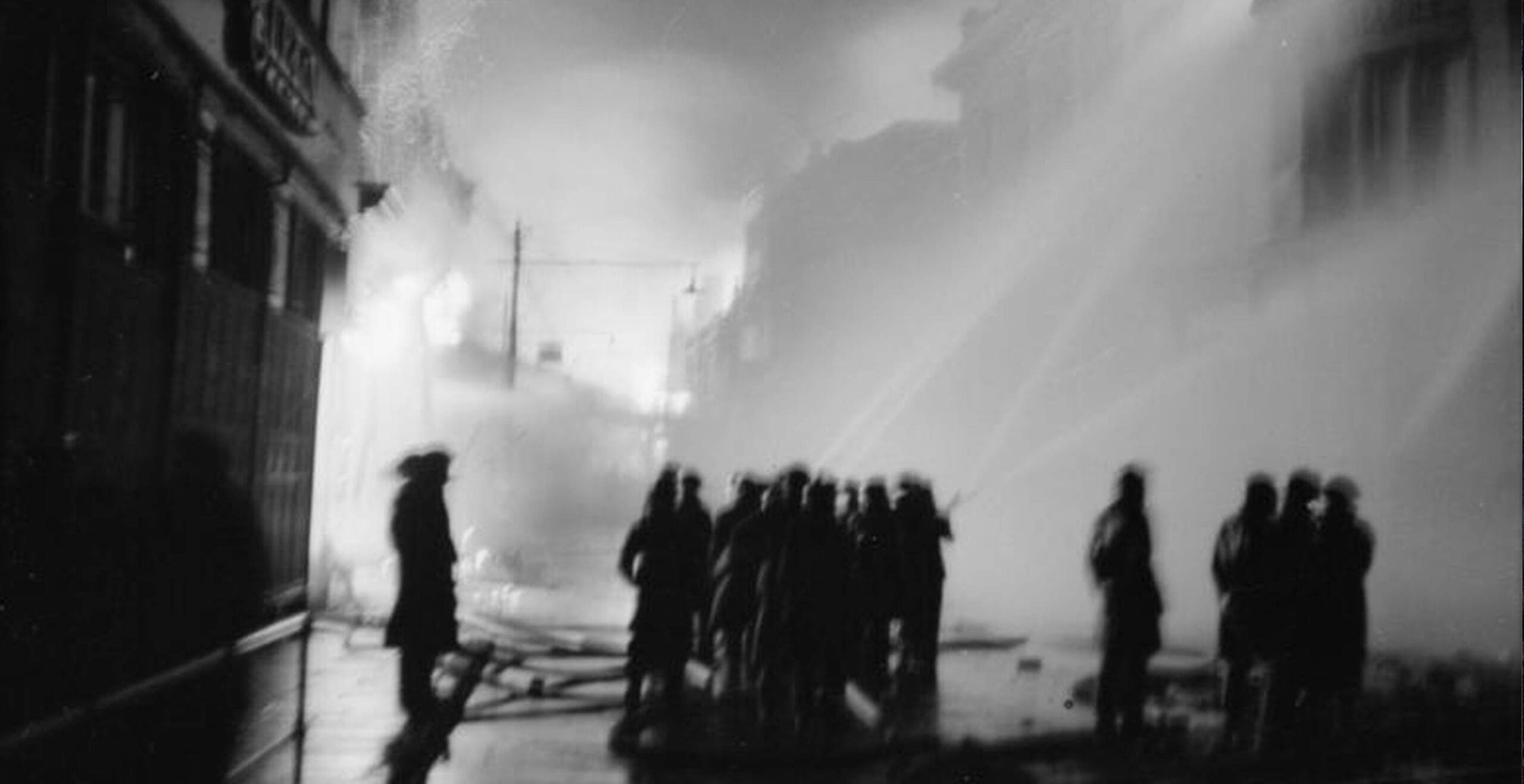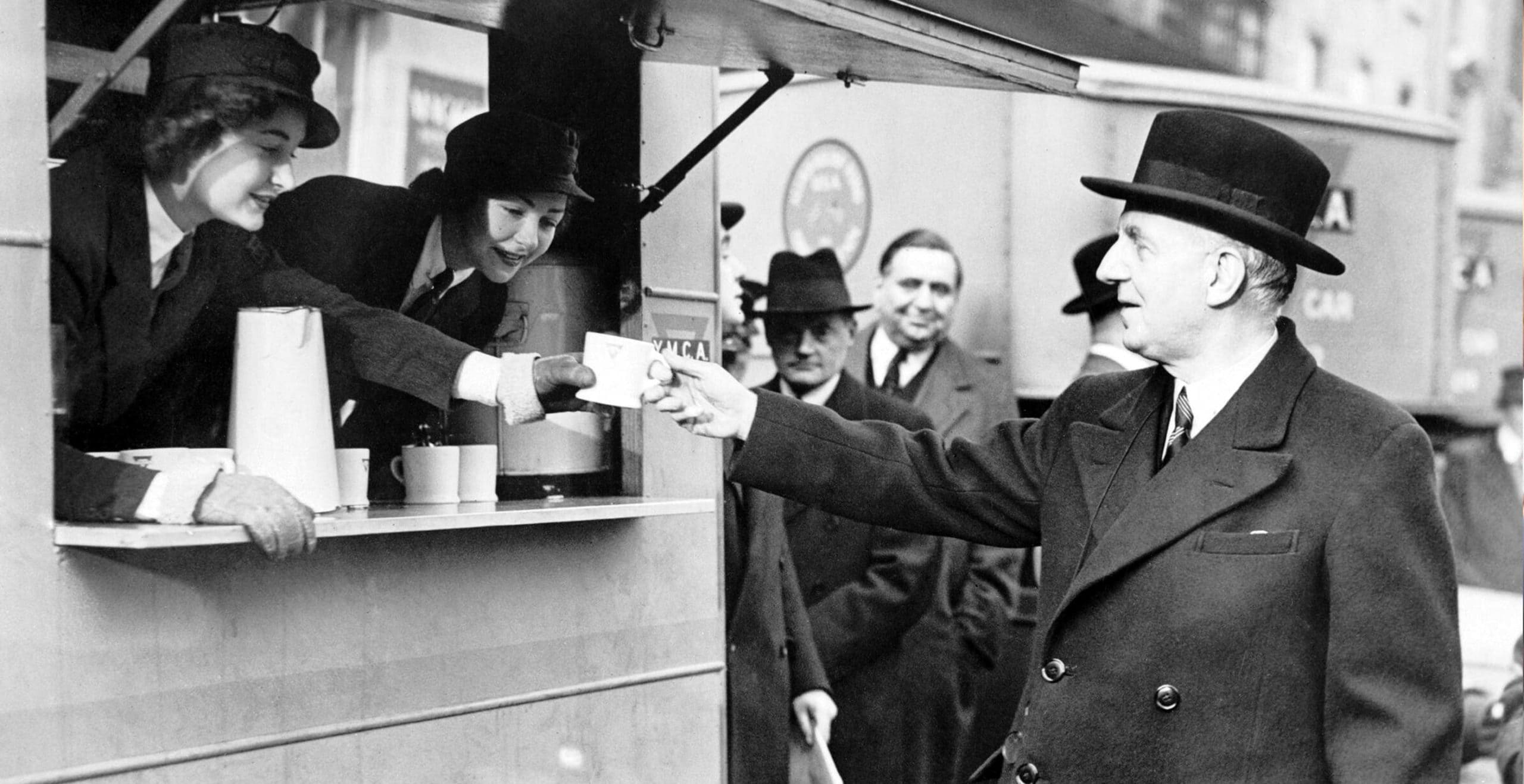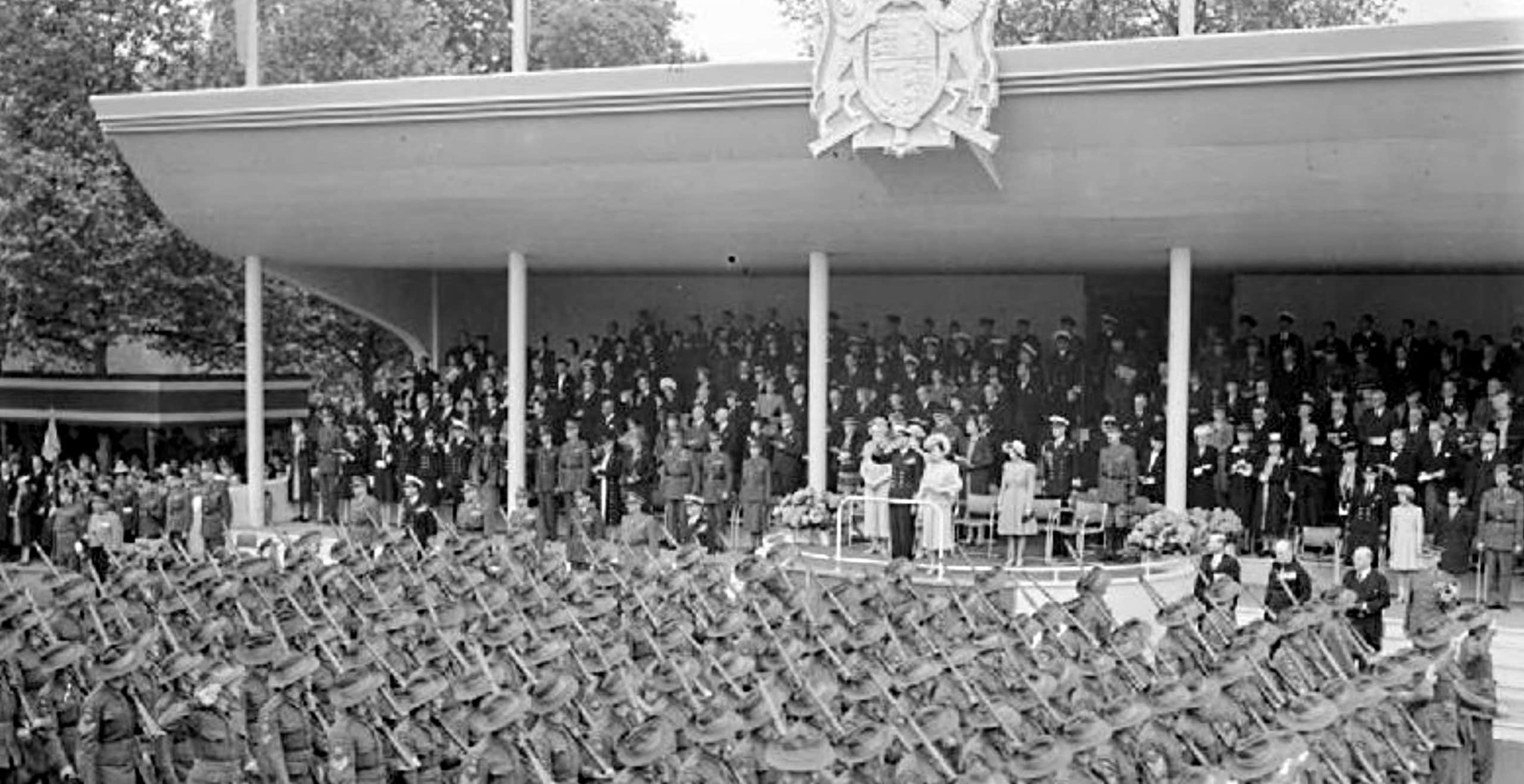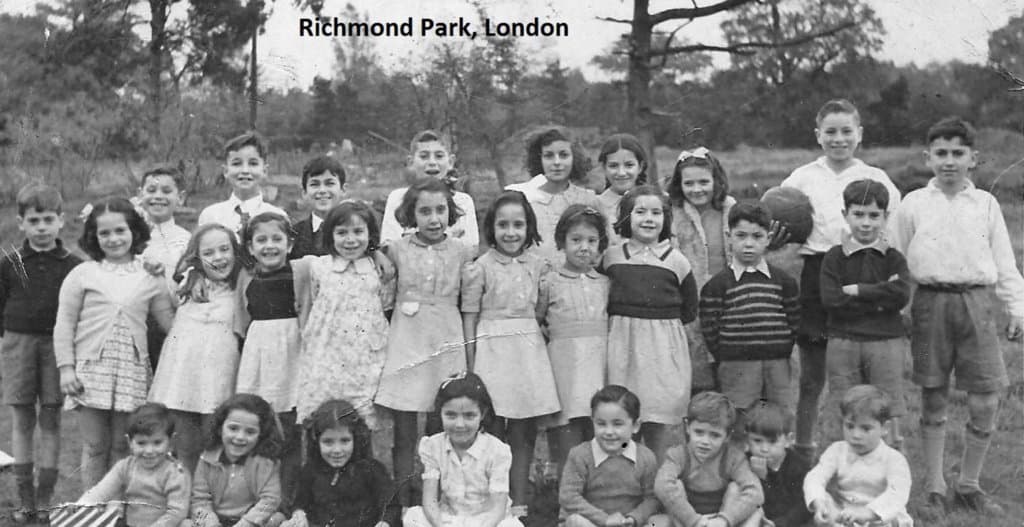Whilst the Allies gained ground and began advancing across Europe in the latter stages of the Second World War, nothing could have prepared them for the horrors they were about to uncover when they came across the concentration camps of Hitler’s Germany.
In July 1944, Majdanek in Poland was the first camp to be liberated as Soviet soldiers began to rapidly advance from their eastern positions.
Meanwhile, the Germans made attempts to conceal their concentration camps and retreat with prisoners further into Germany, with the advancing Allied troops from the west and the Soviets from the east meaning that within months, the brutality and inhumanity of extermination camps was about to be discovered.
In January 1945, the largest concentration camp was uncovered by Soviet soldiers. Now a name synonymous with the Holocaust, Auschwitz held a remaining few thousand prisoners, whilst many others had been taken on death marches as the Nazis became encircled.
During 1945, camp after camp was liberated by Hitler’s enemies, from Begen-Belsen, Buchenwald, Mathausen, Theresienstadt and Ravensbruck, all with horrifying stories to tell from the few survivors that remained.
The victims of the Holocaust were men and women, young and old, infants, children, the frail, the disabled, no one was exempt.
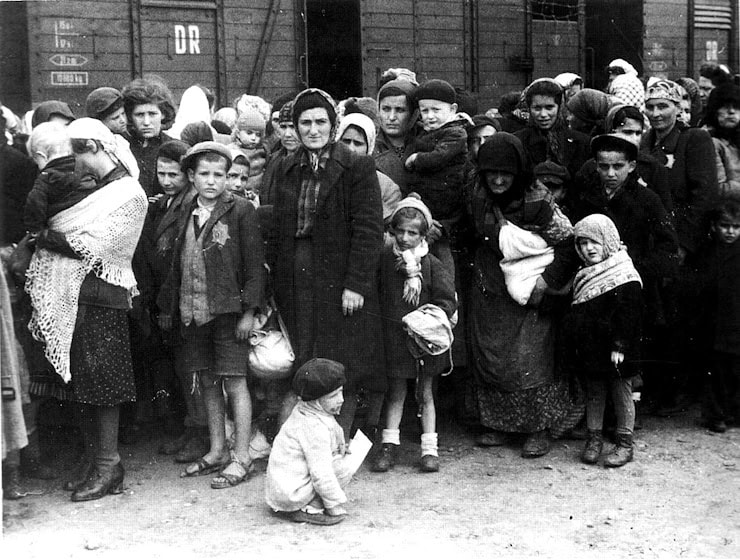
It has since been estimated that around 1.5 million Jewish children were killed in the Holocaust. For the small and tragic number of survivors, many of whom were the sole survivors in their entire family, beginning to live again was a difficult prospect.
A man that would become instrumental in assisting these young boys and girls back into a semblance of normal life was the founder of the Central British Fund, Leonard G. Montefiore.
Born in England to a wealthy Jewish family, he spent his life dedicated to charitable causes, one of which, in post-war Europe was rehabilitating the child victims of the Holocaust.
Upon visiting Paris, he was shocked to uncover and meet with some of the first liberated camp survivors. Such a meeting made a lasting impression on him, as he subsequently petitioned the government to permit 1000 displaced children under the age of 16 into Britain. His calls were successful and in the end 732 children arrived in Britain.
Montefiore got to work organising much needed aid for the hundreds of orphans left behind after the war came to an end.
In 1945, the whole of Europe was in chaos; displaced persons were in their millions and victims of the Holocaust were still struggling to survive. Charities had the enormous and overwhelming task of keeping people alive against the odds, providing food, temporary accommodation and clothing.
After being liberated from concentration camps across Eastern Europe many of these children were in need of assistance both mentally and physically.
Montefiore took it upon himself to arrange flights for some of these children to take them far away from the region and the horrors they had endured and used RAF heavy bombers to take them to a special camp which was arranged for their arrival in England.
The camp was based at Windermere in the idyllic and peaceful surroundings of the Lake District, a far cry from the desolate horrors of camps and ghettoes in Eastern Europe.
Montefiore would pay several visits to Windermere and take a special interest in the progress made, taking a hands-on approach to his charitable endeavour.
The reality of the boys and girls life thus far had been incredibly bleak. Of the almost 800 children brought to England, 300 of them had survived Theresienstadt in the Czech Republic. With no identification to speak of, children were often over the age of sixteen as survival for the younger children was almost impossible. Many of the youngest were killed earlier on, as they served no purpose to the Nazis who found them too young to be useful.
The children arrived in England in August 1945 and were transported from Prague to Cumbria where they were met by the leading psychologist at Windermere, Dr Oscar Friedman (himself a Jewish refugee). He remained steadfast in his conviction of rehabilitating the children back into normal society.

In many cases, it was the most basic necessities which were on offer that proved to be the most welcome. For years, the children had lived in squalor in ghettoes and camps where clean clothes, bedding and adequate food was a distant memory.
Upon arrival in Windermere, the provision of clothes, a clean bed and warm food was now seen as a luxury to be enjoyed after years of being made to live in subhuman conditions. As one of the residents later remarked clean sheets and meals served on plates was something not experienced in the last five years.
The premise of the Windermere camp was to provide a programme of rehabilitation, both physically and mentally, in order to reintegrate the children back into a normal functioning society and provide them with the tools to start living again.
This goal was achieved through a combination of educational classes, such as language lessons (English was not their first language) and training opportunities to learn, study and gain skills which had not been offered to them whilst they were growing up in the ghettoes.
Moreover, in the beautiful English countryside, a rigorous programme of sports and recreational activities was on offer, such as swimming and rowing in the lake, playing sports, riding bikes and watching films. These were activities that not only improved the physicality of the children but also their mental health.
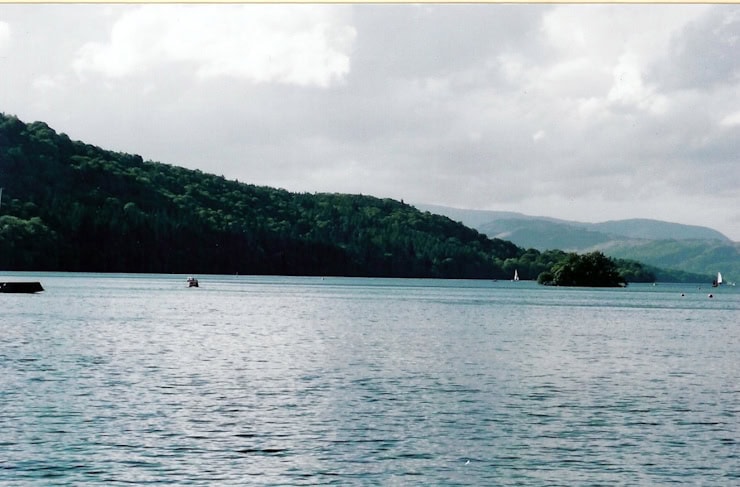
At its core, Windermere served in a very small way to recapture some lost youth which had been so cruelly denied to the children by the Nazis. Simple pleasures, simple tasks and even lessons were a way to reclaim their identity as children again rather than victims.
At Windermere, there was no formal counselling programme on offer. Instead, a focus on a relaxed, enjoyable atmosphere where the children could participate in activities and were given the freedom to enjoy the outdoors and begin learning English.
For some of the residents, shared experiences of concentration camps saw young boys and girls form close lifelong relationships.
After staying at Windermere for three to four months, the children went in different directions. In a very small number of cases, some were able to track down long-lost relatives, however in most cases this proved to be impossible as whole families had been wiped out by the Nazis.
Some of the children would choose to stay in England, which had now become a safe haven and sanctuary for them, whilst others went on to begin a new life in locations such as America, Canada or Israel.
Whilst the children moved on, some who were still young were placed with foster families and other older children who remained in England were living in hostels before preparing for the world of work.
This was the beginning of the rest of their lives. Whilst liberation meant so much to people across Europe, it was for many who had been direct victims of the Holocaust, a chance to breathe again. This was a second chance to live, grow up, fall in love, marry, have children, grandchildren and grow old. Only a few months prior, these ideas would have been unthinkable.
Jessica Brain is a freelance writer specialising in history. Based in Kent and a lover of all things historical.
Published: 29th April 2025.
